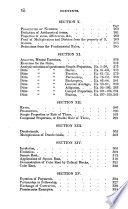 | James Bates Thomson - Arithmetic - 1846 - 402 pages
...1. Place the several terms of the multiplier under the corresponding terms of the multiplicand. II. Multiply each term of the multiplicand by each term of the multiplier separately, beginning with the lowest denomination in the multiplicand, and the highest in the multiplier,... | |
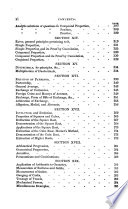 | James Bates Thomson - Arithmetic - 1847 - 426 pages
...1. Place t/te several terms of the multiplier undo- the corresponding terms of the multiplicand. II. Multiply each term of the multiplicand by each term of the multiplier separately, beginning with the lowest denomination in the 'multiplicand, and lite highest in tlie multiplier,... | |
 | James Bates Thomson - Arithmetic - 1848 - 434 pages
...Place the several terms of the multiplier tinder the correspond' ing terms of the multiplicand. II. Multiply each term of the multiplicand by each term of the multiplier separately, beginning with the lowest denomination, in the multiplicand, and the highest in the multiplier,... | |
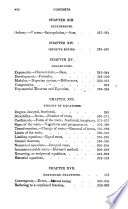 | Stephen Chase - Algebra - 1849 - 348 pages
...ac+bc+ay+by. See §67. Hence, we have, for the multiplication of polynomials, the following RULE. § 71. Multiply each term of the multiplicand by each term of the multiplier, and add the products. See Geom. §178. Cor. III. a.) This is precisely the method employed in Arithmetic.... | |
 | William Smyth - Algebra - 1851 - 272 pages
...polynomials: 1°. Arrange th« proposed polynomials according to the powers of the same letter. 2°. Multiply each term of the multiplicand by each term of the multiplier, observing that if the terms are affected each with the same sign, the product should have the sign... | |
 | Joseph Ray - Algebra - 1852 - 408 pages
...terms in each are positive, we have the following RULE FOE MULTIPLYING ONE POLYNOMIAL BY ANOTHER. — Multiply each term of the multiplicand by each term of the multiplier, and add the products together. EXAMPLES. 2. Multiply x-\-y by a-\-c. Ans. ax-\-ay-\-cx-\-cy. 3. Multiply... | |
 | Benjamin Greenleaf - Algebra - 1853 - 370 pages
...— am. Ans. CASE III. 84. When both the multiplicand and multiplier are compound quantities. RULE. Multiply each term of the multiplicand by each term of the multiplier, remembering that the product of like signs is -\-, and the product of unlike signs is — ; then add... | |
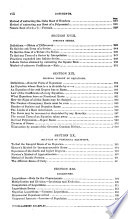 | Elias Loomis - Algebra - 1855 - 356 pages
...minus, (55.) The whole doctrine of multiplication is therefore com prehended in the following ROLE. Multiply each term of the multiplicand by each term of the multiplier, and add together all the partial products, observing '.hat like signs require + in the product, and... | |
 | William Smyth - Algebra - 1855 - 370 pages
...From what has been done we have the following rule for the multiplication of polynomials, viz. 1°. Multiply each term of the multiplicand by each term of the multiplier, observing with respect to the signs, that if two terms multiplied together have each the same sign,... | |
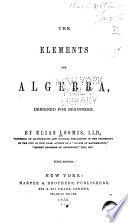 | Elias Loomis - Algebra - 1856 - 280 pages
...multiply a+b by c and d successively, and add the partial products. Hence we deduce the following RULE. Multiply each term of the multiplicand by each term of the multiplier separately, and add together the products. Examples. (1.) (2.) (3.) Multiply a+b 3x+2y ax+b by a+b... | |
| |